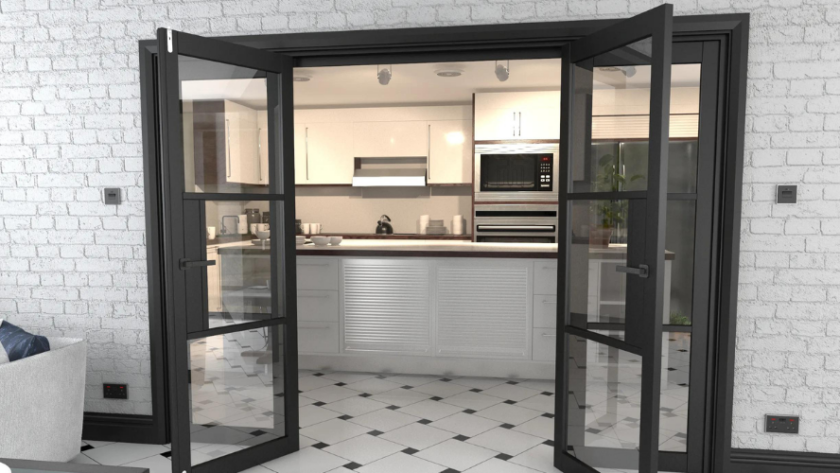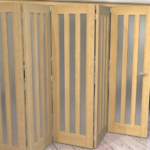Open-plan living is great. It allows us to enjoy plenty of space, and disperses natural light throughout an interior. But sometimes all of that exposure can get a little bit much. For these instances, it’s worth being able to call on the services of one of those underappreciated home furnishings: the room divider.
What is a Room Divider?
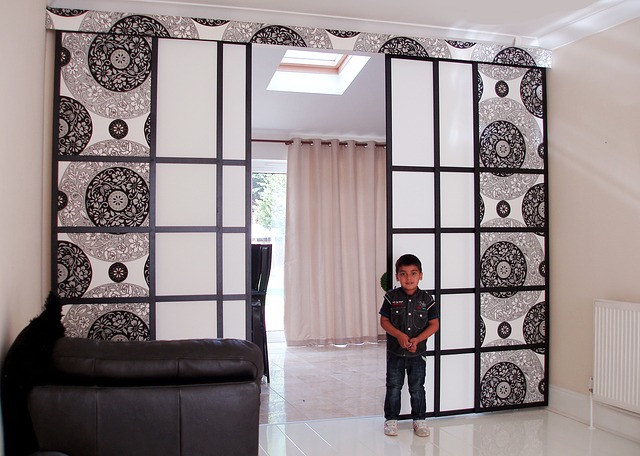
A room divider, put simply, is a device used to partition one area of a room from another. You can think of it as a temporary wall which can be thrown up anywhere at a moment’s notice, and repositioned according to the needs of your living space.
There are various types of room dividers available, some of which have been around for thousands of years. They were being used in ancient China during the fourth century BC, and probably for a considerable time before that. The earliest types consisted of a largely immobile screen, which would have mostly served a decorative purpose.
The Japanese improved on the formula by making their room-dividers from lightweight paper panels, which were used to quickly and easily rearrange the interior of the home. These sorts of temporary walls are still used today – and they’ve spread right across the globe.
Nowadays, a room divider takes the form of a series of panels, attached in a concertina, which can be unfurled to form a large screen. They can be made of wood or metal, and sometimes come with additional features, like mirrors, built-in. Room dividers can also become a permanent fixture to any room simply by having them built in to your walls in the form of a Frenchfold room divider. These dividers are internal French doors consisting of folding sidelights with panels or squares of clear and frosted glass.
When to Use a Room Divider
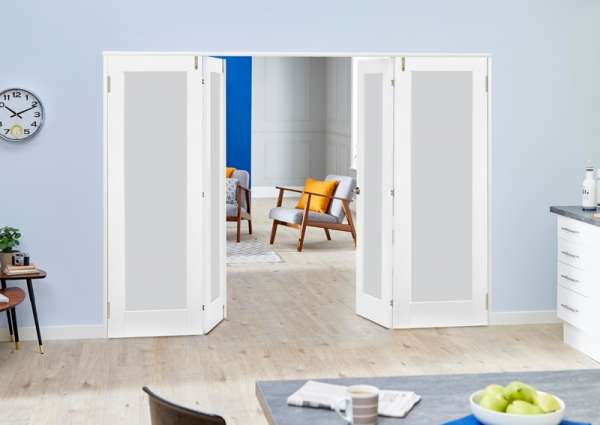
So how do you use a room divider? The devices are very handy when two or more people want to share the same space, but without getting in one another’s way. So, if you’d like to get on with some work, or lose yourself in a good book, you can find a comfy chair in the corner, place a room divider across the room, and get on with it.
Room dividers can also provide privacy when you’re getting changed. You can sling your clothes across the top, in a time-honoured manner, and even share a conversation with the person in the same room. You might even position yours in front of the bathtub.
Certain members of the household might place special importance on their privacy. For example, parents might want to seclude children away from any distractions which might interfere with homework. If there’s a television and PlayStation set up in one corner of the room, a room divider might help to place it out of mind until all of those maths questions have been dealt with.
Equally, you might have a couple sharing the same room. She might get up early to put her make-up on before work, while he sleeps in later. A room divider prevents the former from disturbing the latter – you might put it up at the foot of the bed, so that the dresser is concealed on the other side.
You might also use a room divider to prevent pets and babies from accessing parts of the home that they shouldn’t be in. For example, if you’re giving the baby free reign to roam around the first floor, you might deploy a divider at the end of a hallway to prevent them from accessing the stairs. In much the same way, a room divider for pets might help keep them away from kitchens and bathrooms.
Your choice of material will depend, naturally, on your personal preference. It’ll also depend on what you’re using the divider for. More substantial wooden dividers are less mobile, but they’ll provide that little bit of extra sound insulation that’ll make it easier to concentrate in solitude. If you’re going to be moving your screen from one place to another fairly frequently, on the other hand, then you might instead elect to go for something more lightweight.
Another influential factor is the degree to which you’d like light to be able to permeate your living space. Paper or fabric screens will provide a compromise between privacy and light distribution, but they’re also pretty fragile, and vulnerable to being scratched or torn if they’re being regularly disassembled, or if they’re in areas with high foot-traffic. This when using a Frenchfold room divider would be beneficial to you. An internal Frenchfold door is great for closing off rooms entirely when you need to shut out noise or separate spaces as they act as a permanent fixture between your rooms. If you’re experiencing heavy foot traffic and need to open up the space, a Frenchfold room divider can do this simply and quickly, making it the perfect permanent divider for your house.
How to Create ‘Zones’ with Room Dividers to Maximise Space
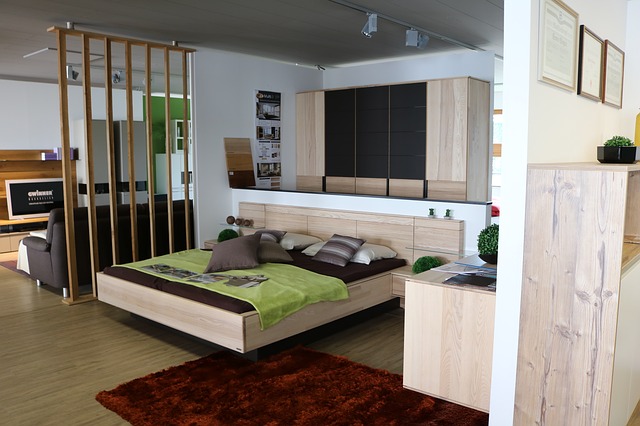
Room dividers come into their own in open-plan parts of the house, where they can be used to temporarily offset the drawbacks of owning a home without any walls in it. Let’s think about how to create zones in an open plan space, by looking at some of the parts of the home that are traditionally broken apart with fixed walls.
When you first walk into a home, you might be confronted with a hallway. But many homeowners elect instead to knock the wall into the adjacent lounge through, so that they get a greater sense of space in the living area. A room divider might provide something of a compromise, creating a definite divide between the part of the room where you’re taking off your coat and shoes, and the part where you’re going to relax on the sofa. Alternatively, an internal Frenchfold room divider is a great addition to a hallway and living room if either, you aren’t willing to knock down your hallway wall or you’re not sure about the idea of walking in from the front door and straight into your living room. Frenchfold doors have glass inserts in the form of long panels or squares so that the space can be opened up to create a larger-looking living area, but you can still close the doors to maintain that living area and hallway divide.
Another candidate for a room-divider is an open-plan kitchen-diner arrangement. If you’ve just cooked up a storm and the sink is filled with pots and pans, then you might prefer to keep it out of sight and mind until the following morning. If you’re entertaining guests and you’d like to keep up appearances, this is even more important. A room divider can help to solve this problem.
Room dividers can also be used to improve the acoustic properties of a room, which can be invaluable in home cinema setups. If there’s an unpleasant echo being created, you might break up the reflections using a room divider. This helps to solve some of the problems created by non-symmetrical surround-sound setups in the lounge. Just be sure that you’re not blocking in any speakers when you put up the divider!
Conclusion
Getting the maximum possible sense of light and space into the building is, understandably, a priority for many homeowners. But there are some drawbacks to open-plan living, and some of them can be offset with the introduction of a few carefully-positioned room dividers or internal Frenchfold doors. Room dividers come in a very wide range of shapes and styles, and so, whatever your tastes, there’s a strong chance you’ll be able to find a divider to match.


